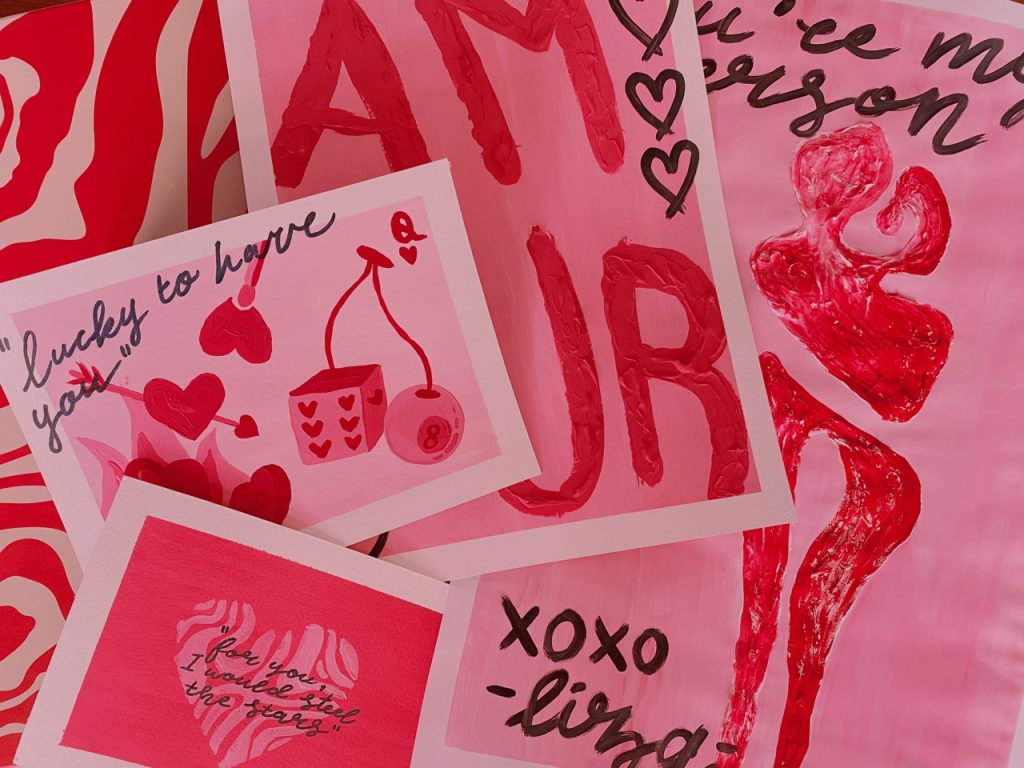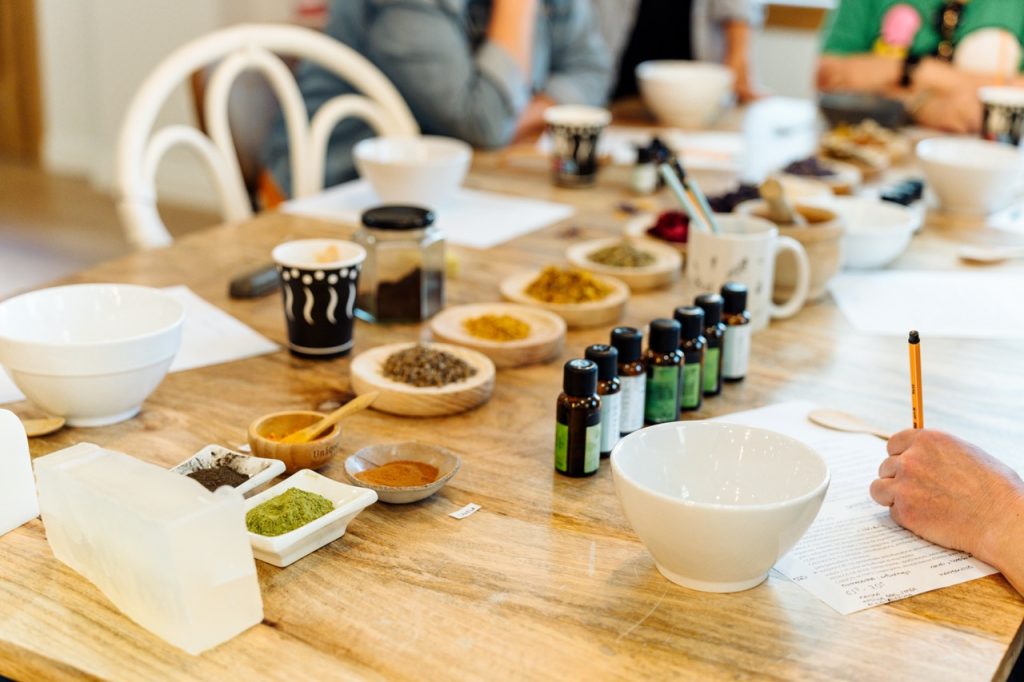Reflexologists help you get back to yourself through touch, reminding you to stop and feel. Whilst you’re in their hands you won’t be distracted by a device and most likely you’ll be invited to close your eyes and go inwards.
Whilst on the subject of touch, have you noticed positive trends shifting towards “barefoot style” shoes? Shoes keep feet warm and protect them from sharp objects, however shoes can have a massive impact on our health. It’s now well known that high heels can contribute to bunions, foot pain, calluses, shortened achilles tendons and the like. But maybe what is less commonly known is how even relatively flat and cushioned shoes can contribute to us simply feeling less.
The 200,000 nerve endings that support the 26 bones, 33 joints and 100 muscles, tendons and ligaments thrive on a variety of different tactile sensory information such as texture, temperature, movement and differences in the terrain. However, if the sensory information is somewhat constant and uniform, the nuances in the feedback loop may be more difficult to distinguish. Essentially, we become more numb to our environment. Interestingly, seeing ourselves as separate from our environment is also having serious repercussions in the outer world. Enter… reconnection!
Wherever possible and safe, thinner “barefoot style” soles or walking barefoot are an easy way to encourage our feet to feel more. In other words, to encourage the constant interplay of nerves, muscles, tendons, ligaments and bones to keep us steady but primed for action on our feet just as nature intended. If these options are difficult for you, then reflexology makes it easy!
Foot reflexologists apply gentle pressure to glean information from the inner workings of the body. Where you may feel a tender arch, the reflexologist will see the reflex zone for the spine, where you may see your big toe, we may see the reflex zones of the brain, sinus, neck, pituitary gland and so much more. In effect, reflexologists see the map of the whole body superimposed on the feet.
If we start from the idea that reflexology applies the “as above, so below, as within, so without” principle, it becomes easier to understand how every part of the body must be connected to another. Reflexologists know that there are reflections found everywhere; for example the wrist relates to the ankle, the knee to the elbow, the shoulder to the hip, the cranium to the pelvis and vice versa. This is but a small example of the similarities in form. And if we understand that, then we know that we are but a reflection of each other and all of life.
This article was provided by the Reflexology Association of Australia. Catch them at Sydney’s MindBodySpirit Festival October 17-20 at Stand D96.



